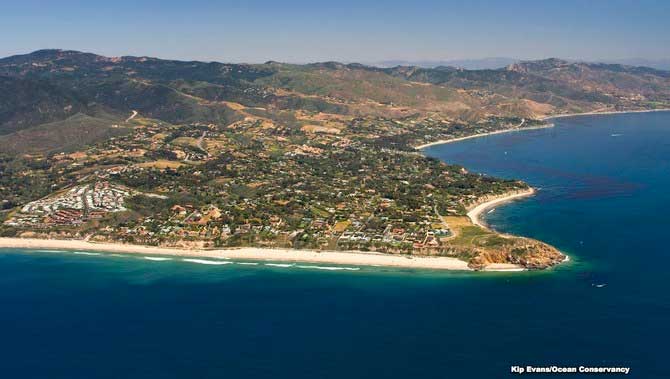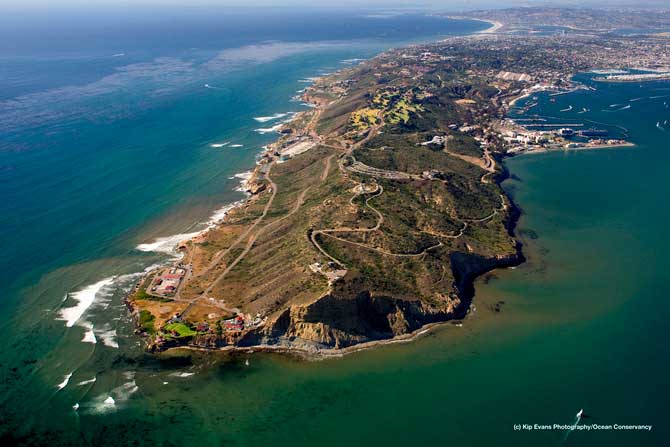You normally think of parks as being places to walk or ride around. But on January 1, 2012, Southern California celebrated the grand opening of a series of underwater parks, or “marine protected areas,” that includes wildlife hot spots such as the La Jolla kelp forest, Laguna tidepools, and Catalina Island coral gardens. These parks will join a growing system that currently dots the shore from Santa Barbara to Mendocino, and will soon stretch the length of California’s coast.
California will be the first state in the nation to develop a science-based statewide network of marine protected areas, protecting productive reefs, kelp forests and tide pools while leaving about 90% of state waters open to fishing. The Marine Life Protection Act (MLPA), enacted in 1999 with bipartisan support, called for this network of protections to improve the health of California’s ocean wildlife and habitats.
“After decades of treating the ocean as inexhaustible, California has turned the tide towards restoring its legacy of abundant sea life,” said Kaitilin Gaffney, Pacific Program Director of Ocean Conservancy. “California’s new protected areas are a smart investment in a healthier ocean and a more sustainable coastal economy.”
Coastal tourism and recreation are a major economic engine for California. A recent study showed over 90 percent of coastal recreation in southern California involves beach-going, diving, wildlife watching, surfing and other activities that will benefit from healthier oceans. According to the National Ocean Economics Program, California’s coast and ocean generate $22 billion in revenue and drive over 350,000 jobs each year.
The Story of California’s MLPA’s

